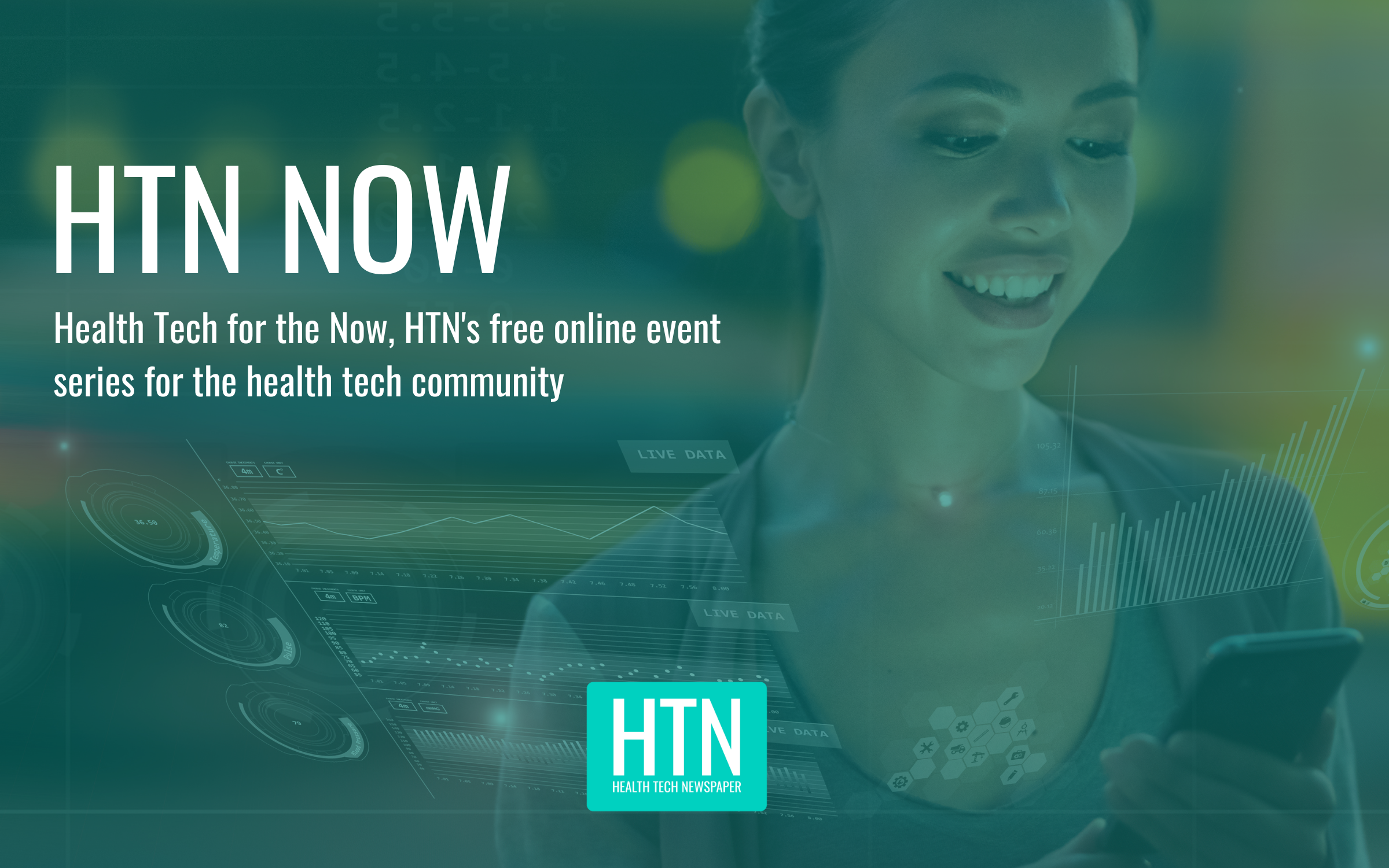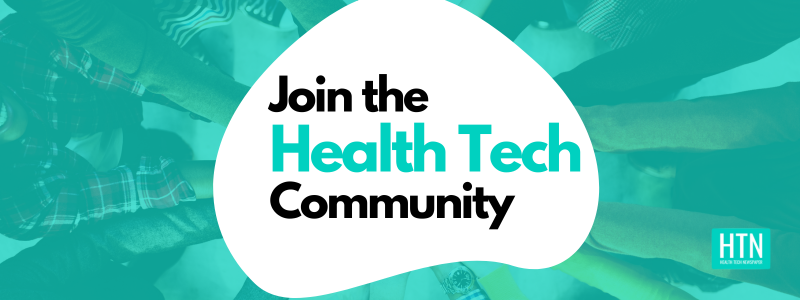At healthcare event HETT North this week, a discussion between Jenny Chong, the Chair of Medway Innovation Institute and Tim Ferris, the Director of Transformation at NHS England, focused on ‘driving digital transformation across the entire NHS: the power of connected services in healthcare’.
The discussion captured our attention and covered a range of topics including: patient experience portals, federated data platform, NHS App, ambient documentation, to matching challenges with opportunities.
Jenny posed the first question to Tim, how is the NHS addressing workforce and efficiency challenges?
“It’s about trying to connect the challenges with the opportunities and that’s what technology does when it is done well. This is our biggest challenge; to get those productivity and efficiency gains from technology – we have to have a north star, we don’t all have to be rowing in necessarily the exact same direction, we want all the innovation to be occurring consistently but in terms of the further you go down the stack – the more we’ve got to be aligned to get rid of the inefficiencies and really place innovation at the top of the stack.
“There are really terrific uses of data for identifying high risk care management programmes, for bed management systems where you can identify not only the patients ready to leave the hospital, but exactly what their care needs are when they leave and establish a plan in advance for their continued care, whether they are going into home care, a residential or rehab environment. This is an air traffic control system approach that uses all the data to maximise the opportunity – there is wiggle room in the system, it is just largely invisible.
“We don’t have a choice now, we need to ensure we’re using every piece of the system for patient care. It’s about getting that direction and north star around the basics, even as we are innovating at the top of the stack.”
Jenny added: “To harness the potential for what you are talking about in terms of data analytics and digital innovation, we need data. We also really need to establish fundamental building blocks of what data is – first, we need data architecture and infrastructure, two – we need trust. Trust from our community that we will not abuse the data that they have entrusted to us.
“And third, we need to connect the data so that we can connect the dots for our clinicians and also for our patients, as they’re moving across different health settings. Not just sharing the data within one health setting – but across a system and across the region, so the federated data platform seems to tick a lot of those boxes.”
The conversation moved on to Jenny asking, could you give us a preview of the federated data platform and what we can expect from it?
Tim: “There’s been a lot of talk about the federated data platform, and I want, if you don’t mind, to take a step back and just say – what is the point of the use of data? Well, for me there are different use case types in the use of healthcare data. The edges between case types are a little bit blurry but they are distinct in that it’s much the same data – it’s how we use the data, who has access and when, which is different in these use case types.
“Firstly, direct care we often confuse lots of other data uses and direct care is very distinct – the people who have access to your data for direct care are the people taking care of you – period, full stop. The access to these systems of record is highly controlled.
“Population health is a little bit tricky, it is about making sure we are identifying gaps in care and creating dashboards – I’ve seen some terrific dashboards in Manchester about neighbourhood opportunities to improve prevention for cardiovascular disease for example.
“The third one is planning; what do managers need to make sure they are optimising their resources? You don’t need to know peoples names, you don’t need to know anything about them, you just need to know the transactional data.
“The SDE (secure data environment) provides an opportunity to have people work inside that data and never remove the data, so it can’t be re-identified. This is the way forward because it is even more secure than current mechanisms; the data never leaves, it stays in one place and its de-identified.
Tim then moved on to focus on innovation: “Research is critical because if were going to get upstream of our care problems, our core delivery problem – the ageing of the population – it is the speed at which more and more people are ageing, entering the older cohort – it is not a linear process because as we age, we accrue chronic conditions. It is chronic conditions plus the ageing population that is the core problem for productivity and efficiency in the NHS. We were never designed (NHS) to deliver this much care, whether in primary, secondary or social care to this frail elderly population.
“It is the research and innovation end of these use case types that is going to help us deliver and get in front of these issues, ensuring we are providing the best opportunities for preventing the hospitalisations that are backing up the healthcare system.
“We need all to be happening at once, and the architecture is different for those things. Same data, different architecture. The federated data platform works in population health, planning and research environments. I want to emphasise – you could say that the current NHS is structured on federated data platforms, there is nothing preventing all of the platforms – Manchester, London, Liverpool etc connecting those databases.”
Jenny then focused on the NHS App, asking, how can we assure the NHS App doesn’t further exclude the digitally underserved, and how can we increase digital literacy, so that more people can start benefitting from this additional channel?
Tim said: “This is a very important issue, I was in a room the other day where we were talking about the app and we asked 20 people – ‘who can actually see their GP records on their phone?’ and about 5 said ‘I can see it’ and the others couldn’t. I asked why not and they say said ‘I don’t know’, and I said it’s because you haven’t asked for it to be turned on. 97% of GPs in this country are on a system that already has the capability of feeding your information, if you have not asked for access you should because they can. All it takes is you asking.
“The more the functionality becomes user friendly, the more people will embrace the app and digital technology in general. We have a roll-out plan for the app and a very important function we’re hoping to deliver in the next few months is proxy access. This helps reach the disadvantaged, for example if you need access for your parents to help them with their healthcare. This is narrowing the gap for those whom digital access isn’t serving, it is also very important to have multiple languages available.
“We need to keep addressing every population and the specific needs of that population, as they all are different. It’s very similar to the vaccine roll-out, when people are using digital systems that allows us the ability to figure out which groups are not using it, or falling behind and then we can target those groups. Digital is never the sole channel, however the more people who use digital, the more existing channels such as the phone are opened up.”
How do we start scaling up adoption for settings like acute trusts, so it truly becomes the digital front door to the NHS?
Tim: “To integrate, we need to connect the ‘back ends’, of all the trusts to the servers that allow us to flow that data into the app. We have 40 trusts who have patient experience portals (PAPs), and we are going to have a very aggressive campaign to sign up all secondary care systems with PAPs in the next six months. For many CIOs, there will be a letter going out soon which details the changes we are hoping to make to expand digital innovation.”
To close the session, Jenny said, looking to the future – from your perspective, do you see any future facing technology that you think will really change/improve the way we work?
Tim answered: “Ambient documentation. Every person who delivers a service in healthcare spends 20% -40% of their time documenting what they do. When a pilot leaves her plane, everything she did was documented and she documents nothing. That’s called ambient documentation. Voice to text is a start on that journey, however it is just the start.
“In the US I did a programme where I would do my GP work and document nothing. There was a microphone in the room, it did voice detection for me and the patient and then the AI algorithms would construct a note…Think about a 20-40% productivity boost in the people delivering healthcare? That is astounding.
“Other AI technologies I’ve seen in radiation therapy, it’s very time consuming to manually look at CT scans and map out what areas need radiation, there are tools that will do that in a few seconds. There is hope out there for really big step changes in productivity, but we’ve got to move aggressively into this space.
“The subject of risk is something that comes up often. In my job I hear a lot of ‘we can’t do that because this could happen or that could happen’ all of these things could happen – but we have to trust that if they do happen we will figure it out because the counterfactual here is really important to understand.
“The NHS is not going in the right direction, the demands on the healthcare system are growing at a rate that is greater than our workforce increases can keep up with. We have to change course, it means we have to take some risks, being vigilant and moving forwards to make sure that if something doesn’t look right, we jump in and correct it. We shouldn’t stop the innovation process because we think there are some risks. The counterfactual here is staring at us in the front pages of newspapers everyday, we have to deliver healthcare differently and we have to invent that new healthcare model.”




